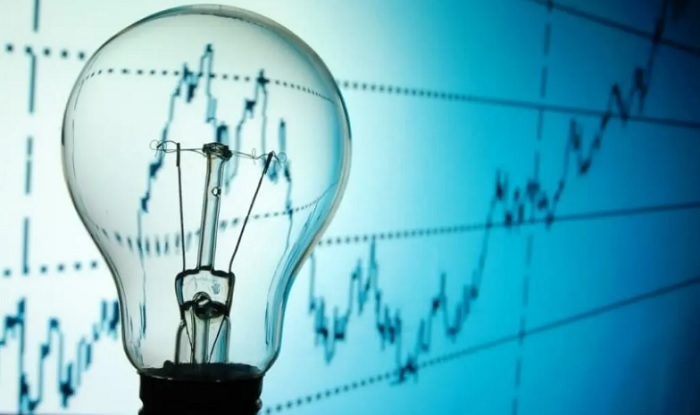A new government has been in power in Australia since the end of May. Anthony Albanese, the Labour Prime Minister, had previously pledged during the election campaign that his nation, which still produces 80% of its electricity from coal, would put more of a future emphasis on developing renewable energies and accelerating the energy transition. He was voted into government in part because of this, as Australians have witnessed the effects of climate change first-hand through disastrous forest fires and flooding in recent years.
As part of his electoral campaign in December 2021, Albanese pledged to provide $275 in energy price relief. But since then, the world has seen many changes. Energy prices have soared as a result of the war in Ukraine, among other factors. The Australian government is doing the only thing that makes sense: investing in the energy transition, while the political opposition is currently doing all possible to make the people aware of the promise, which is currently unachievable.
Up until now, the spread of renewable energy has been spearheaded by the Australian states, in part because the previous administration, led by Prime Minister Scott Morrison, vigorously backed the coal industry and downplayed climate change. The new administration, however, has declared for the first time a legislative aim to cut greenhouse gas emissions, with a 43% decrease in carbon dioxide emissions by 2030, and is now seeking to enact similar legislation at the federal level. The first significant expenditures on transmission expansion, which had gone unaddressed for years, were announced in the week ending October 22nd.
In order to make them compatible with renewable energy, the extension of the VNI West (KerangLink) transmission lines between both the states of Victoria and New South Wales, and the Marinus Link between Tasmania and Victoria, were scheduled. These upgrades are anticipated to lower energy costs over time. These initiatives must go right away as they are national goals. They will bring more power from Snowy 2.0 and allow states on Australia’s mainland access to Tasmanian hydropower, as well as grid assistance for early coal generator shutdowns. The new rules will make it easier to connect more renewable energy, which is the least expensive type of electricity, as a part of its Rewiring the Nation initiative, the administration claimed.
In addition to the two lines, up to $1.5 billion for renewable power and offshore wind projects in Victoria and up to $1 billion in low-cost credits are available for qualified battery projects in Tasmania.
The coastlines of Australia have immense potential, particularly for offshore wind energy. Gippsland, Victoria recently had a community consultation for an offshore wind field in Bass Strait, which divides South Australia from the island of Tasmania. Future consideration will be given to a different region in the Southern Ocean off Portland.
It seems appropriate that the plans for the 2,000 MW Blue Marlin offshore wind project off the coast of Victoria are being unveiled by Vena Energy, one of the top developers of renewable energy projects in the Asia-Pacific area. Recent changes in regulation and the market scenery have emphasized the value of offshore wind as a large-scale renewable power source that has the ability to provide enhanced reliability of supply, greater variety in the energy mix, and improve results for electricity consumers, says Owen Sela, head of Vena Energy in Australia, in explaining the significance of the project.
They can only hope that the current administration will have enough time to secure the spread of energy transition initiatives permanently before the opposition can influence public opinion in Australia.







































